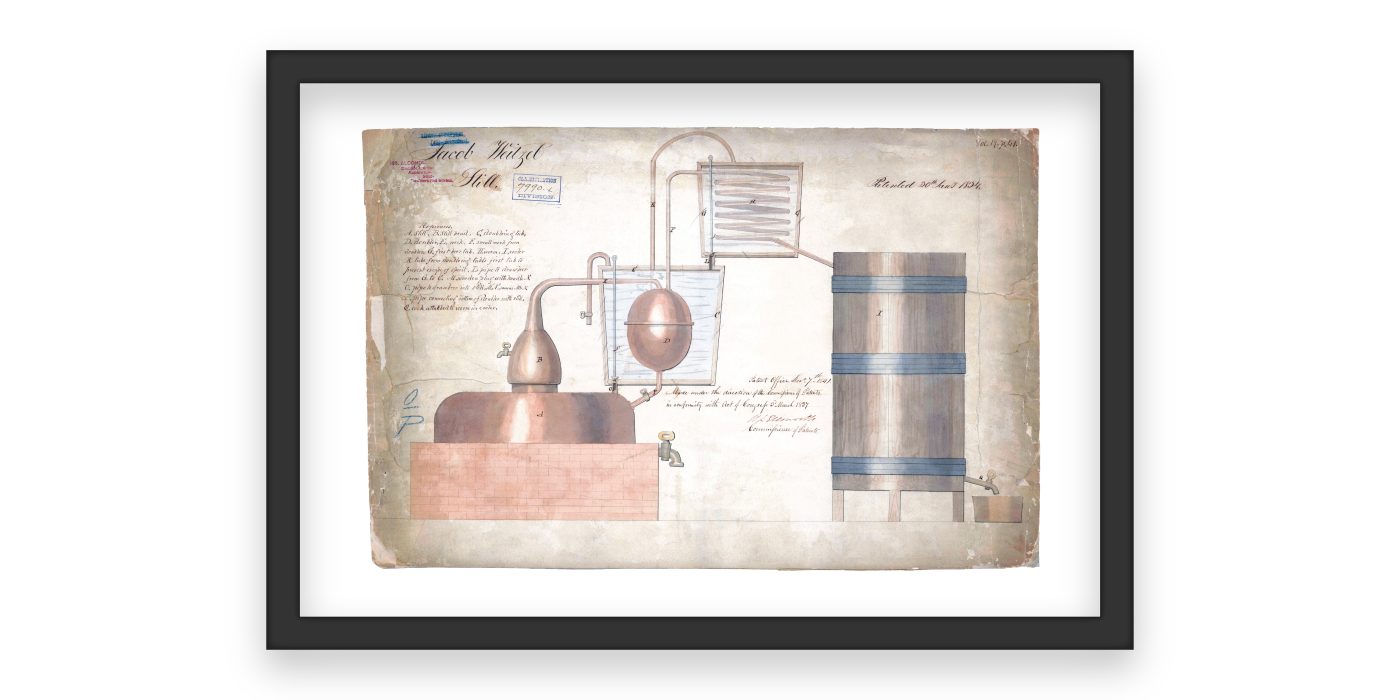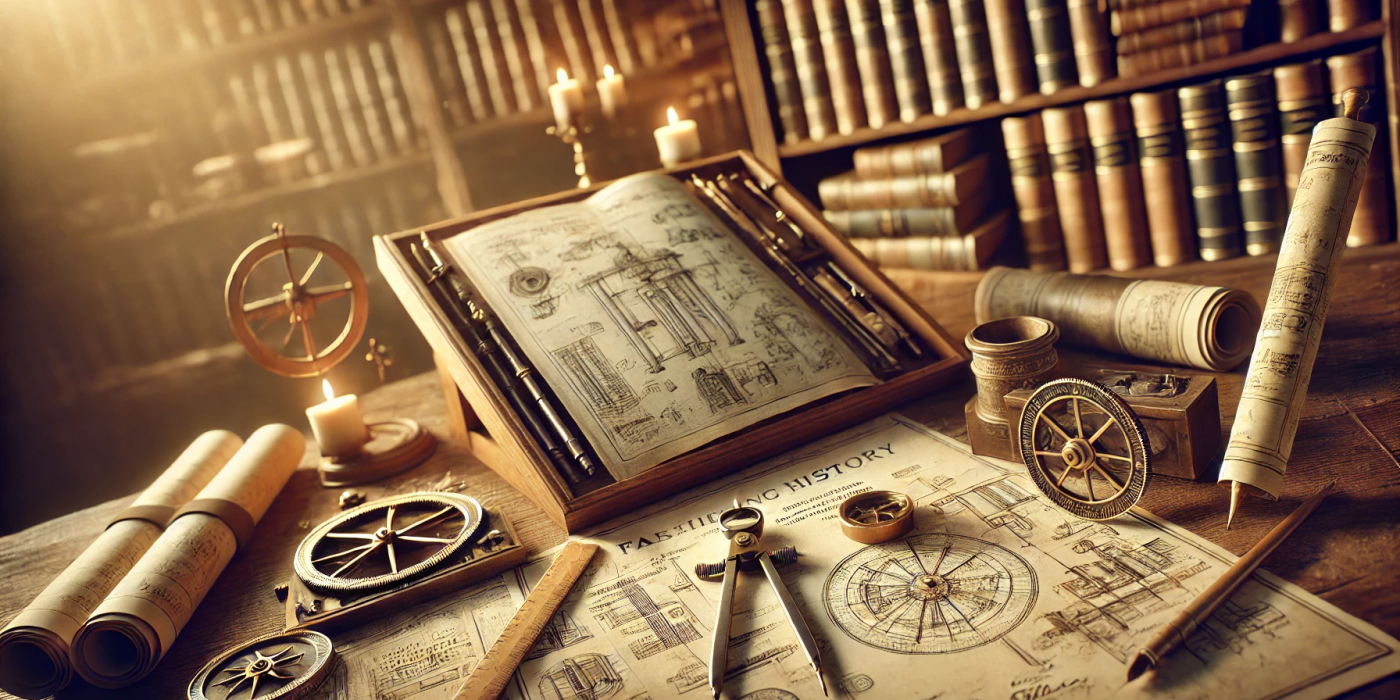Patented on June 30, 1814, Jacob Weitzel’s still design emerged during a crucial period of American industrial growth. At a time when the country sought to refine manufacturing processes and expand its agricultural economy, improved distillation methods were essential. Weitzel’s apparatus aimed to produce consistent, high-quality spirits by refining how […]
In 1869, W.F. Quinby patented an ambitious invention—a “Flying Machine” that aimed to let humans soar like birds. His design, filed on October 5, included wings powered by the pilot’s arms and legs, using a system of pulleys and cables. While it never actually flew, this invention shows how early […]
Chauncy Hall’s 1868 patent for a diving dress represents a pivotal moment in the evolution of underwater technology. Filed on December 29, 1868, this design was aimed at advancing the capabilities of divers tasked with salvage, repair, and exploration beneath the ocean’s surface. As maritime industries expanded in the 19th […]
This patent drawing, dated July 31, 1838, by Eli Barnum and Benjamin Brooks, showcases a still—a vital apparatus in the production of distilled spirits. Registered during a time when distillation was both an art and a science, this invention represents the ingenuity of early American inventors. With its hand-drawn details, […]
This fascinating invention, patented by Christian Henry Eisenbrandt of Baltimore, Maryland, on November 25, 1843, was designed to alleviate one of the 19th century’s most terrifying fears: premature burial. Known as the “Life-Preserving Coffin,” this invention offered a means of escape for individuals buried alive, a genuine concern during an […]
There’s something undeniably captivating about vintage patents. Beyond the technical drawings and jargon lies a rich tapestry of human ingenuity and the relentless pursuit of progress. These documents are more than just legal paperwork; they are snapshots of moments when creativity met practicality, leading to innovations that have shaped our […]






